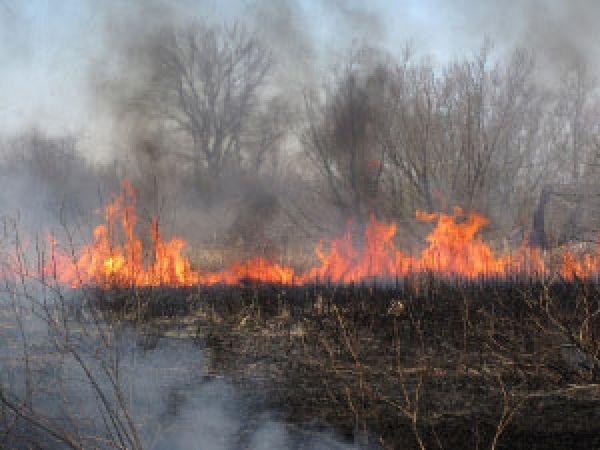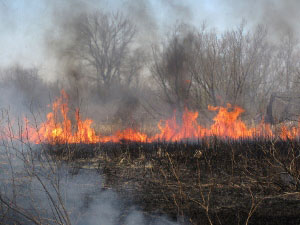
A Drought of Words About Drought
 Drought. It’s a serious problem this year, but I have been reluctant to write about it. Frankly, the images that come to my mind are not pretty.
Drought. It’s a serious problem this year, but I have been reluctant to write about it. Frankly, the images that come to my mind are not pretty.
I think of famine and pictures of small children with distended bellies and pencil-thin limbs.
I think of the Joad family in John Steinbeck’s novel “The Grapes of Wrath.” Families destroyed by the Dust Bowl of the 1930s. “Okies” moving to California – leaving home and property behind, hoping to find work somewhere, doing something, for someone. (If you never read the novel, I suggest adding it to your summer reading list).
I think of the shrinking amount of ice in the Arctic and Antarctic, and wonder about Global Warming. Looking at the maps showing the extent of the drought in just the United States, and reading the statistics of how many thousand “record” high temperatures have been broken in the US this year, I wonder if this is finally the moment when our country will acknowledge that this weather is far outside any statistical “norm.”
I keep trying to think of the “bright side” of drought. No mosquitoes. That’s good, right? Lots of sunshine! I have not had to mow the lawn since late May! Woo Hoo!
But then I think of the many birds and bats that count on the skeeters each summer for food. What are they doing? I guess the lack of insects explains why I’ve been seeing unusual birds at the bird feeders – like the Warbling Vireos. They are insect-eating birdsusually heard at the tops of trees, but with a lack of insects, they have to find food somewhere, so they visit the feeders.
Friends ask if they should be watering their oaks. I ask how large the tree is before answering.
If the oak is small, and was planted in the last few years, definitely water it – at least two gallons a week. And keep it mulched, but DO NOT pile mulch up around the trunk.
If the oak is mature, I remind folks that the tree has been through many droughts. The 2005 drought, the 1988 drought, the 1956 drought, the droughts in the 1930s, etc, etc. One of the reasons oaks are the signature tree of the prairie is because they were the tree species still standing after wildfires roared across the plains during the mid-summer droughts. Mulching at least out to the drip line of the tree is good – helps retain soil moisture, but otherwise, you just have to trust that mother nature will manage.
What about native plants like Purple Coneflowers, Milkweeds and Black-eyed Susans? Well, like the oaks, these flowering plants evolved in the open plains of the Grand Prairie. For thousands of years, they regularly were burned down to the ground, and re-grew from deep roots. It is their nature. They would not be native to this area if the occassional drought or devastating fire meant the species’ demise.
Like the early European settlers who moved here looking for land to own and tend, the plants of the Grand Prairie are tough. Any plants that could not adapt to the harsh conditions (bitterly cold winters, summer heat and drought) did not make it.
How quickly will we – people, birds, insects, plants and animals – adapt if 2012 is in fact a preview of a “new normal”?